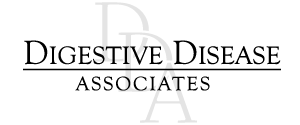Diverticulitis occurs when the normal sacs (diverticula) in the lining of the large intestine become inflamed or infected. (This is the most common location, although diverticula can occur anywhere on the digestive tract.) When the sacs appear, but are not yet inflamed or infected, the condition is known as diverticulosis; if/when these sacs become infected or inflamed, the condition is called diverticulitis.
Many people with diverticulosis do not experience symptoms. If the condition progress, however, symptoms vary in severity and may include:
- Stomach pain (sometimes worse in the lower left side)
- Fever
- Chills
- Constipation
- Bloating
- Gas
- Decreased appetite
- Nausea
- Vomiting
- Rectal bleeding
Treatment may include:
- Antibiotics
- Low fiber diet until problem resolves and then resume high fiber
- Acetaminophen
- Heating pad for stomach cramps
In the event that these measures do not result in healing, hospitalization may be recommended. During this time, patients may be given intravenous (IV) antibiotics. At the same time, they would likely be restricted to intravenous foods and fluids. Eating food by mouth would be resumed after one week of allowing the bowel to rest.
If surgery is required, this will typically involve removal the diseased portion of the colon (bowel resection). The goal of this surgery is to help prevent further attacks.
Note: This information shouldn’t take the place of a physician’s care. Please see your physician or Digestive Disease Associates physician Suman Kaur with any questions or concerns: (630) 325-4255.

